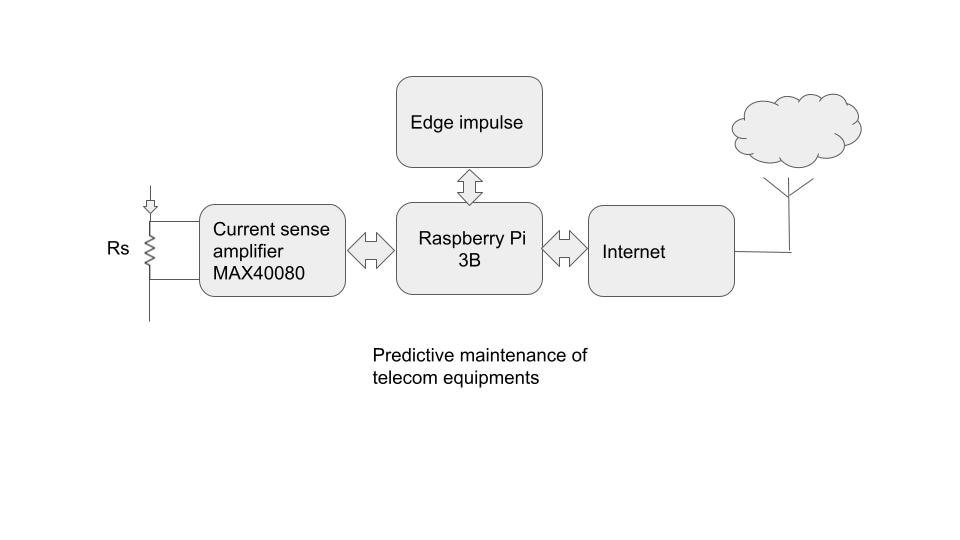I'm Vishwas. I work as a Senior Research and Development Engineer at Tejas Networks, a leading Network equipment manufacturer here in India. My work revolves around the design and development of complex FPGA based high-speed boards for the network equipment to cater to the needs of 5G. Previously I worked as a Research Assistant at Robert Bosch Centre for Cyber-Physical Systems, one of the largest Cyber-Physical Sytems in the world where I worked on hardware design and development for robotics and drones i.e especially on autonomous drone charging pads, at the Indian Institute of Science, Bengaluru. I'm keen on research and development and I love electronics and building some cool stuff out of it. I write about my adventures in electronics on hackster.io and many other platforms. I have participated in many competitions both online and offline about hardware hacking and won many awards. My interests are embedded systems, circuit design, and product design. To know more about me please visit my portfolio website http://vishwasnavada.github.io
Also, I have written articles and participated in design challenges in the element14 community and won in some too. Here's my profile: vishwasn
Now coming to what I'm planning to experiment with,
Here's a block diagram of what I would like to build.

Telecom equipment usually consists of high-speed network switches along with some high-end ASICs and FPGAs for
catering to various levels of speeds to the consumer, hence they are expensive and utmost care needs to be taken care of while powering and
using them. Like almost all the ASICs need very stringent ripple requirements (3mV peak to peak) and power sequencing requirements (Powered in order like core
voltage first then GPIO voltage) this requires a large number of capacitors and other circuits. This creates a sudden demand in the current when the cards or the boards are powered on
Hence we use hot-swap circuits which help us to jack in the card onto a live supply. But these connectors are susceptible to damages due to the high current and anomalies in the capacitor bank network.
With the help of these current sense amplifiers, I would like to experiment and predict the failures and anomalies in the power delivery network which would help us to save precious downtime and also expensive
equipment.
Thanks a lot for your time.
Vishwas Navada B
